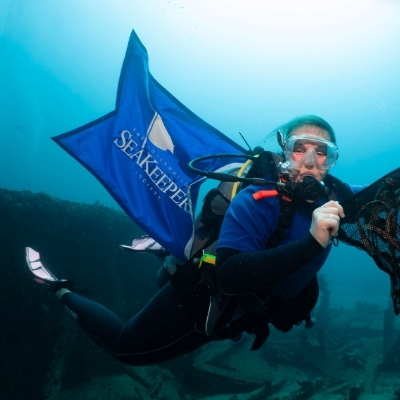Migration Dynamics & Foraging Ecology of Sharks
Project Overview:
Through an extensive collaborative network, this study aims to enhance Stony Brook University’s understanding of poorly studied yet threatened migratory sharks in the Mid-Atlantic Bight region, encompassing New York and New Jersey. Utilizing passive and near real-time tracking technologies, along with a suite of biochemical assays, our objective is to elucidate fine-scale movement patterns, identify common geographical foraging hotspots, examine contaminant burdens, assess physiological responses of animals to capture events, and provide a comprehensive health assessment.
The target species include, but are not limited to, Blue Sharks, Shortfin Mako Sharks, Blacktip Sharks, Dusky Sharks, Sandbar Sharks, Sand Tiger Sharks, and Common Thresher Sharks.
Program Partners
- Stony Brook University
Location
- New York Bight, Coastal Southern | Long Island, New York
Expected Time Frame
- July - September 2026
Duration of Expedition
- 7 – 21 Days
Accommodation Needed
- 4 minimum
- 8 maximum
Special Equipment Needed
- Access to tender/smaller vessel
- Lazarette or storage compartment for certain equipment
Expedition parameters listed above are flexible and negotiable.
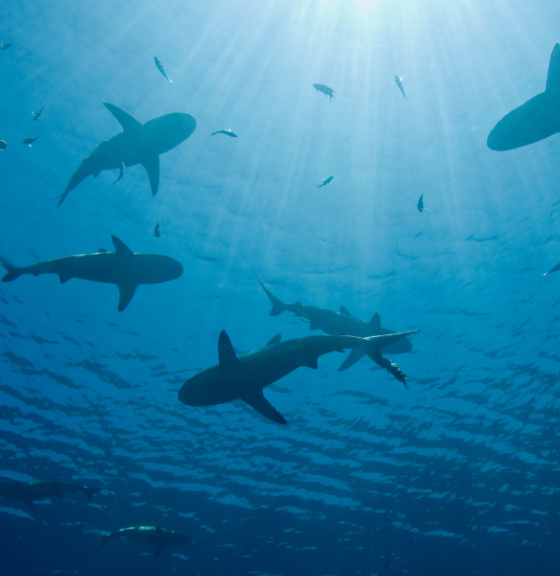
Background:
Over the past six decades, global shark populations have experienced unprecedented declines, primarily due to targeted and incidental exploitation in fisheries. These declines raise growing conservation concerns among managers and policymakers, as sharks play a crucial role as a structural component in global marine ecosystems.
Highly migratory sharks, in particular, constitute a notably vulnerable demographic. Their extensive and often intricate movement patterns increase susceptibility to fisheries interactions, often occurring across multiple jurisdictions. Management of these species faces challenges due to knowledge gaps in various aspects of their biology. For instance, common migration corridors, the location of significant foraging grounds, and the behavioral and physiological responses of individuals to fisheries capture—both commercial and recreational—are inadequately defined for many species.
Applications:
This research is conducted in collaboration with the New York State Department of Environmental Conservation (NYSDEC). Consequently, our findings play a pivotal role in informing the contemporary management strategies for coastal shark species. Moreover, this initiative contributes to the ongoing research theses of multiple PhD students currently enrolled at Stony Brook University.
Relevant/Previous Scientific Publication(s):
Program Partners:
Get Involved
If you’re interested in learning more about this specific program opportunity, please reach out to our team below to find out more about this program or get involved in other opportunities with SeaKeepers.
Explore More Opportunities
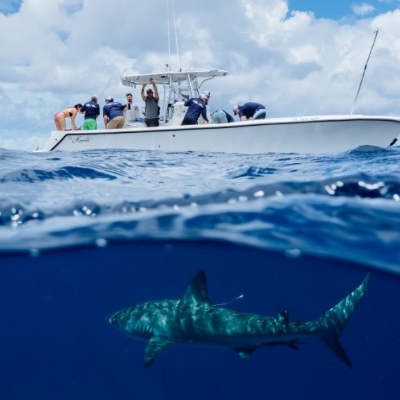
At-Sea Opportunities
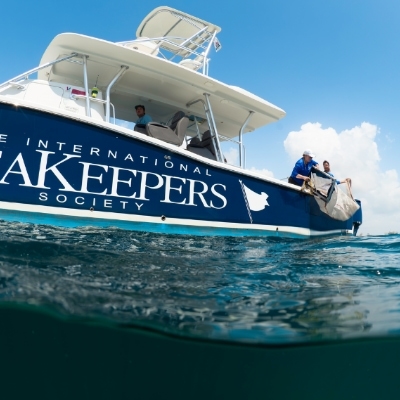
Citizen Science Opportunities
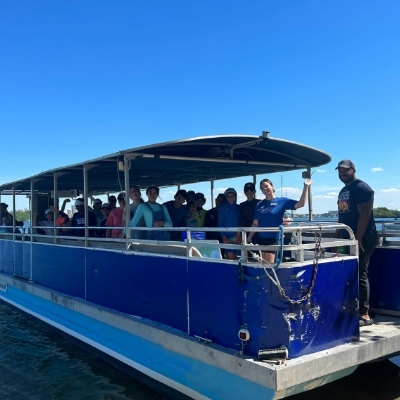
Education Opportunities
